Transform Your Child’s Room: 6 Common Design Mistakes and How to Fix Them
Children’s rooms should be imaginative spaces where kids can dream, play, and learn. Yet, designing them well isn’t always straightforward. Discover six common design pitfalls and learn how you can easily enhance your child’s room.

As parents, we dream of creating the perfect room for our children—a space where every detail speaks of love, imagination, and comfort. But often, these dreams clash with reality due to initial planning mistakes or existing design issues. The good news? Most of these problems can be solved easily with a bit of creativity and thought. We’ve compiled a list of 5 common design errors in kids’ rooms, plus 5 simple, effective solutions to make the room just right:
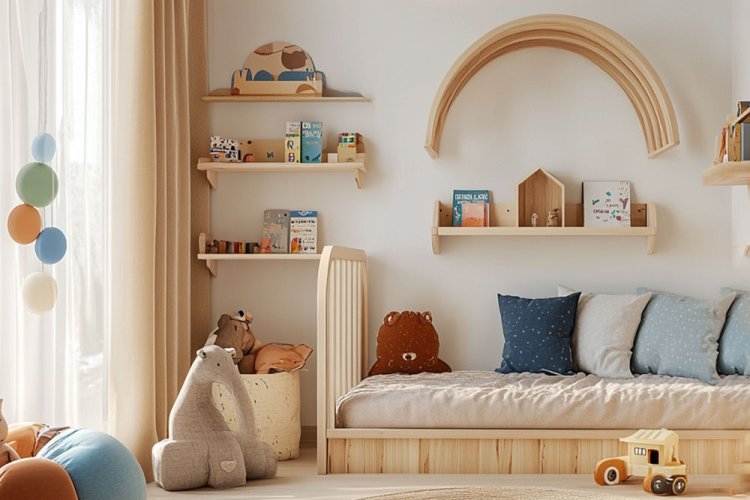
- Oversized Furniture in a Small Space
Problem: Small children’s rooms can feel "suffocated" by large, impractical furniture that limits the child’s play area.
Solution: Rooms in the country tend to be small, so massive furniture might look great in showrooms but not in a room measuring 2 by 2 meters. Opt for compact furniture with multiple purposes, like beds with storage drawers or foldable desks. Ensure furniture serves several needs, like a wardrobe with pull-out shelves or a bed incorporating a study desk.
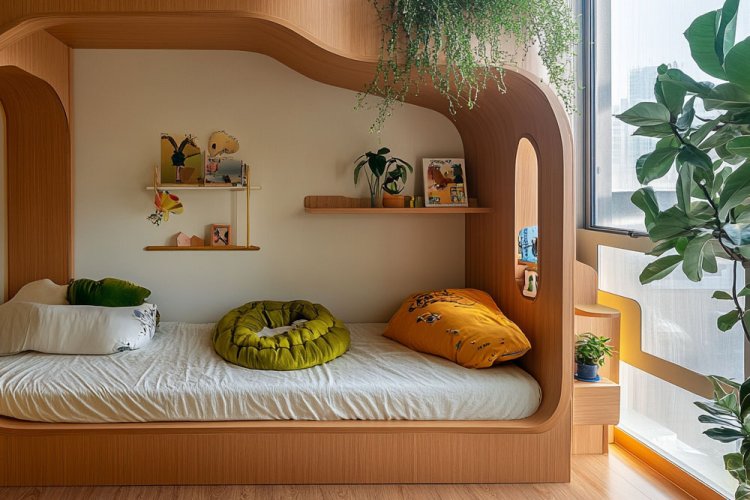
- Too Many Toys and Items
Problem: Excess items create clutter, preventing the room from being tidy and calming.
Solution: First step—sort and give away. Your children don't need every toy filling the room. Conduct a serious sorting session every few months, donating unused toys or discarding broken ones. Organize toys and items with storage boxes, smart shelves, and colorful baskets that match the design concept.
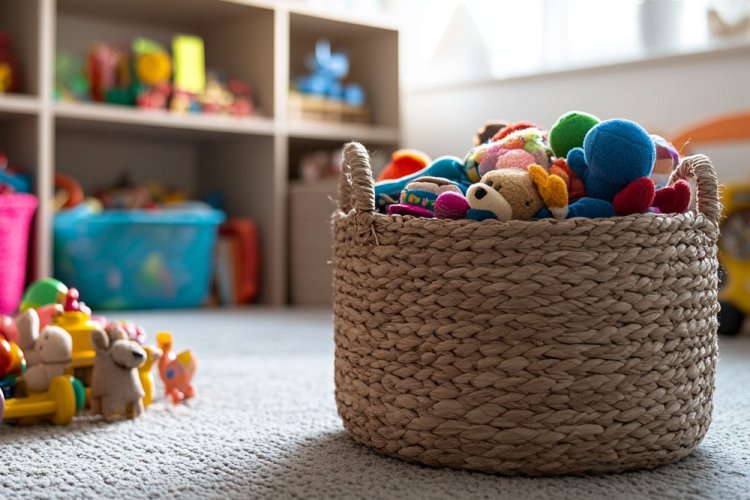
- Choosing Inappropriate Colors
Problem: Overuse of bright or dark colors can create a visual overload in the room.
Solution: Try to reduce Disney characters, princesses, and other richly colored figures that crowd the room. Incorporate calming colors like light blue, soft green, or cream as a base, adding pops of color with accessories like pillows, rugs, or wall art.
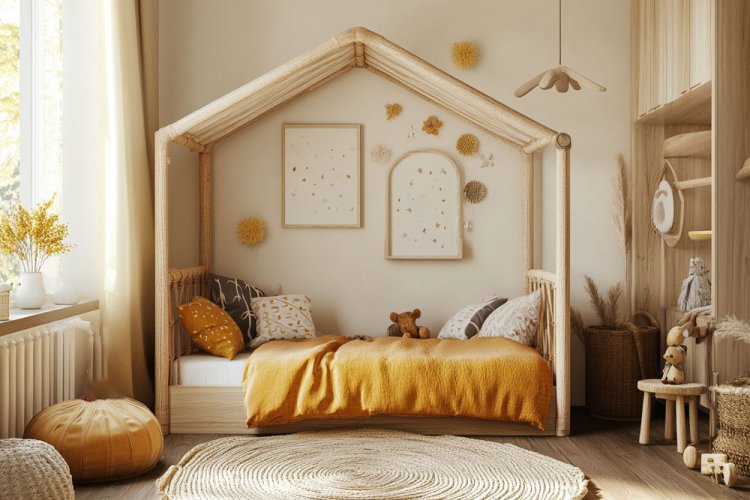
- Inadequate or Unsuitable Lighting
Problem: Insufficient or glaring lighting makes it difficult for a child to play, read, or study comfortably. The kids' room lighting should create an ideal ambiance for sleeping and relaxation, or conversely.
Solution: If the central lighting in the kids' room is white (often called "white light"), replace the main bulb with a warm yellow one. In addition to central lighting, use soft, dispersed light, like adjustable table lamps for the study corner, and soothing night lights for the sleeping area.
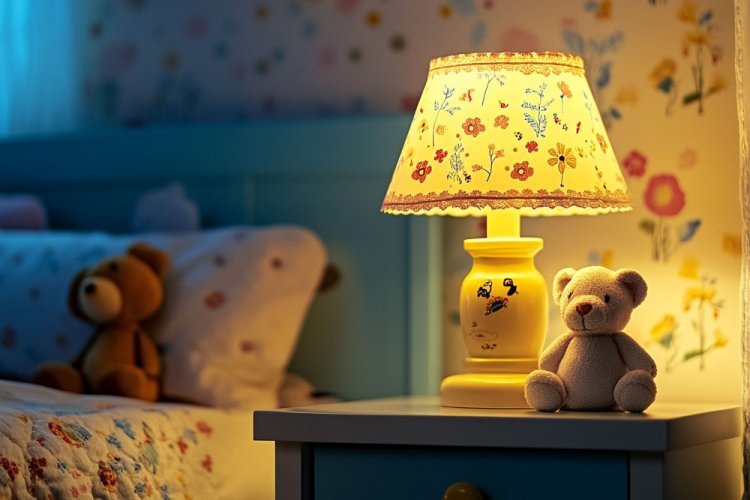
- Neglecting Changing Needs
Problem: A room that doesn’t adapt to a child’s changing needs can quickly become irrelevant. In simple terms: kids grow! Consider this when designing.
Solution: Invest in design and furniture that will be comfortable and pleasant in two to three years, and choose modular furniture like extendable beds and adjustable desks so the room can "grow" with the child.

- Lack of Personal Space
Problem: When two or more children share a room, personal areas are often not allocated, leading to a sense of no privacy or endless conflicts.
Solution: Create tailor-made spaces for each child, like a small desk just for them, a personal shelf for toys, or an area with photos and items that make the space their own. This way, every child will feel that the room belongs to them, too.

Successful children's room design integrates functionality with aesthetics. By avoiding common mistakes and planning wisely, you can create a pleasant, practical, and inspiring space for your children. Remember: a child's room is not just a place for sleep but a magical world for dreams and play. Make it a joyful and inspiring place.

